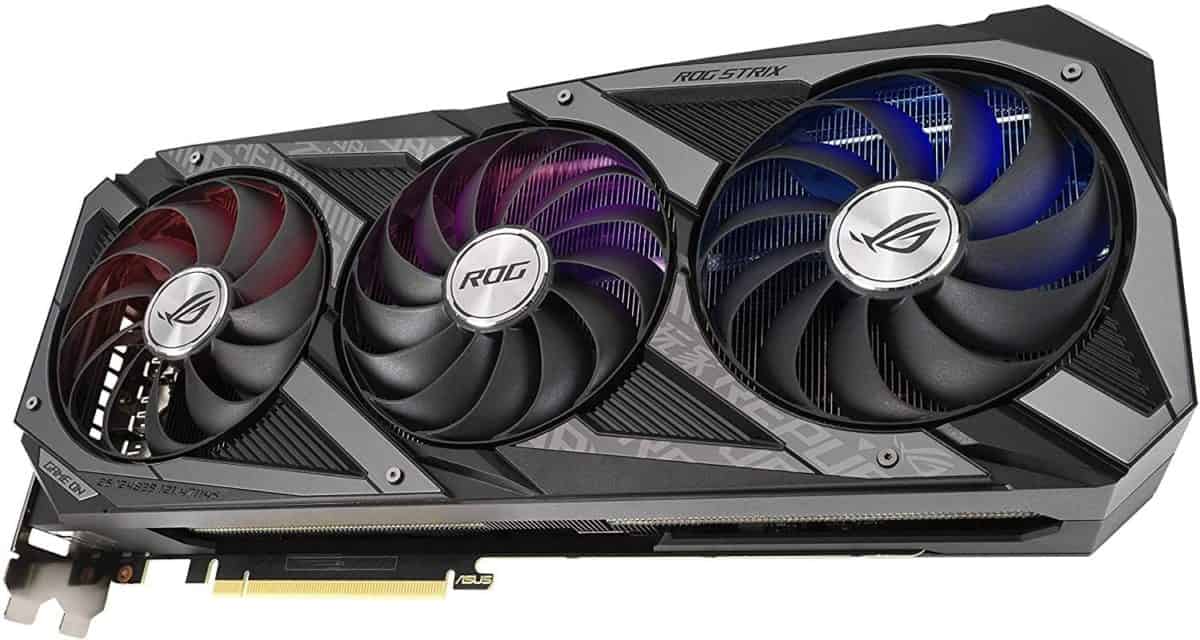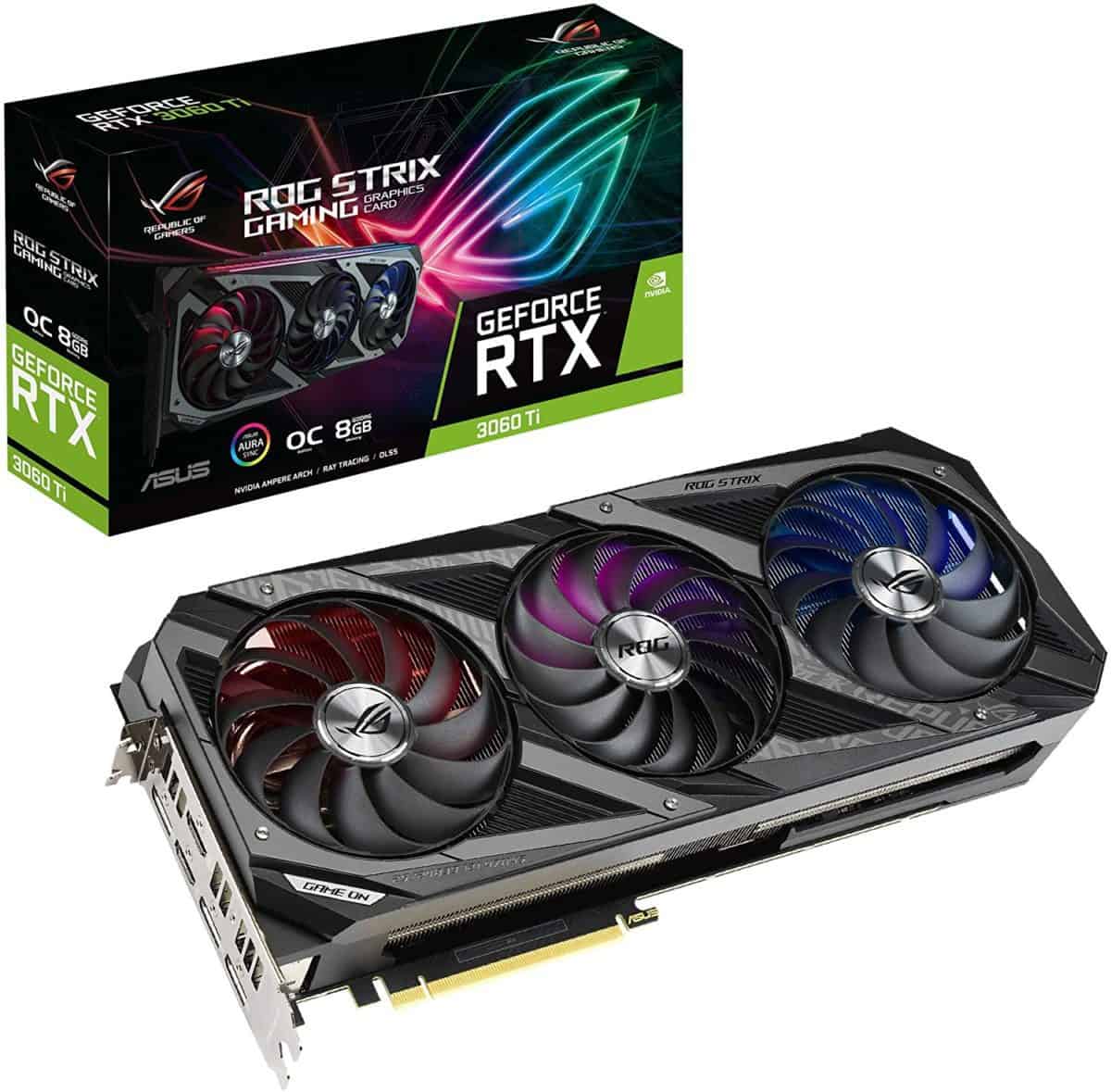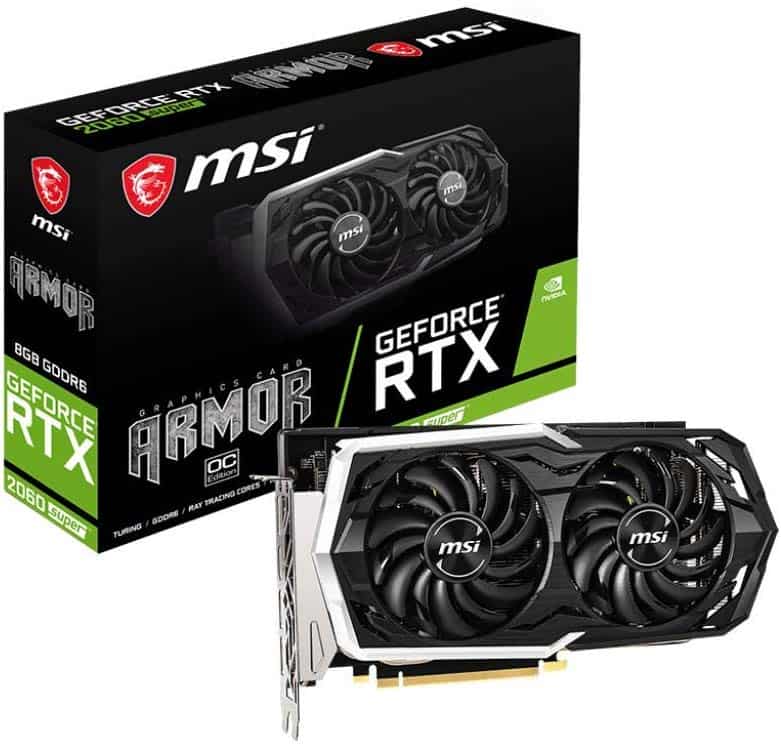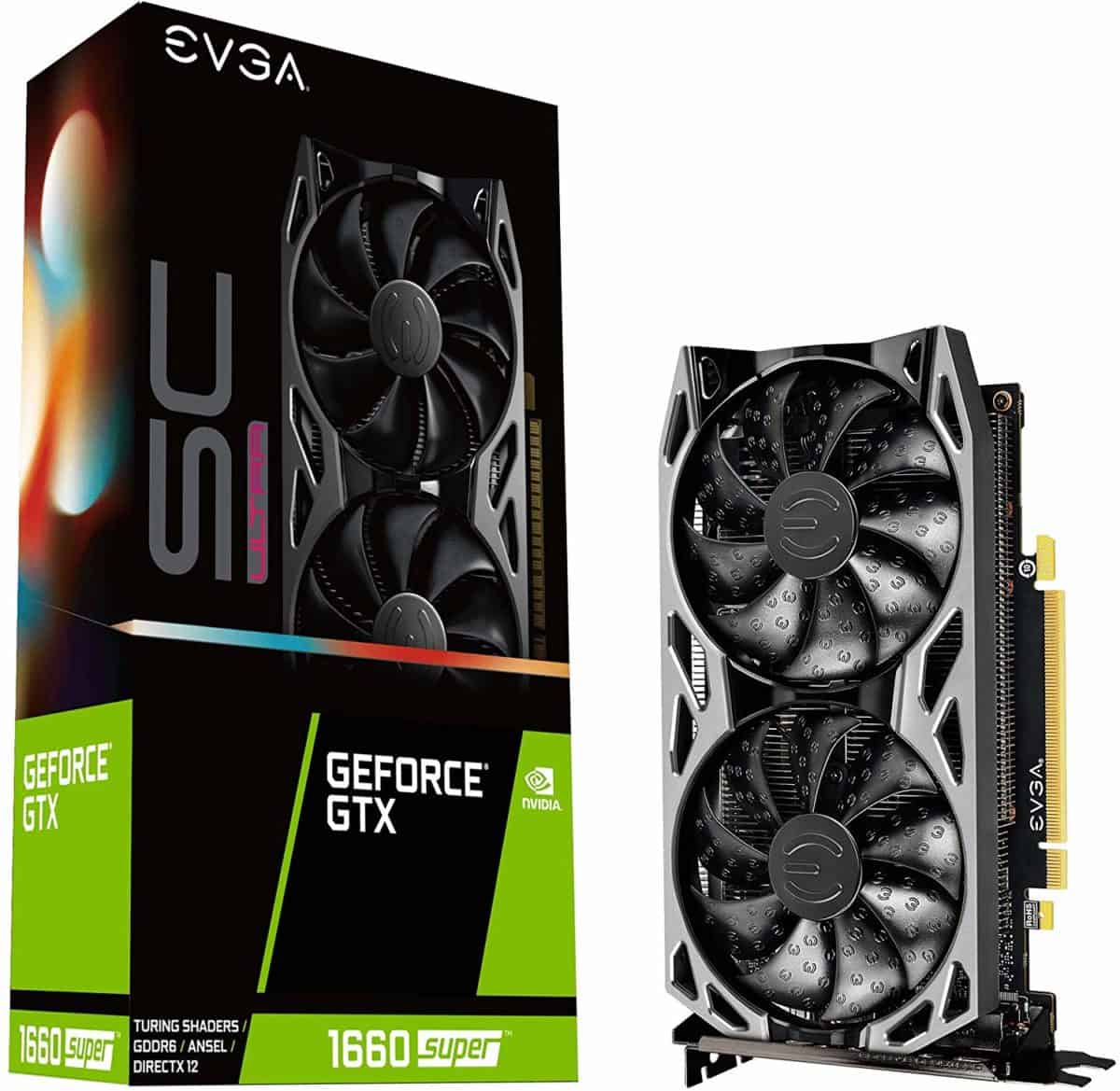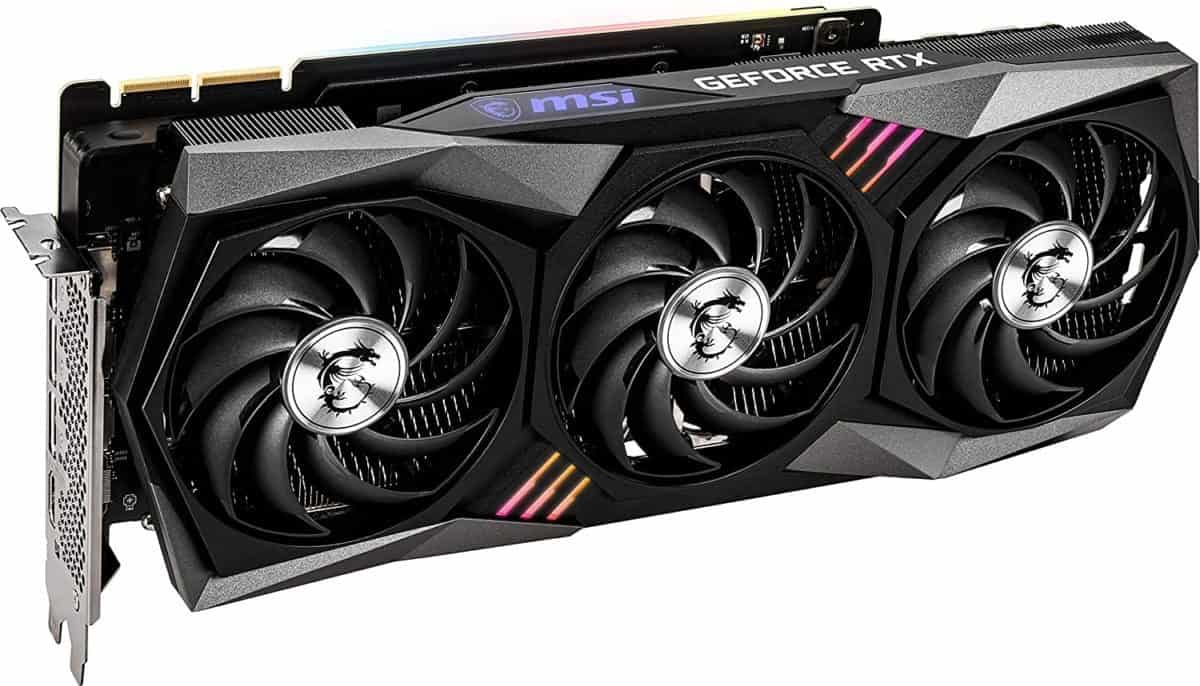The Best Nvidia Graphics Card 2022
Team Green powerhouse offers a lot of options
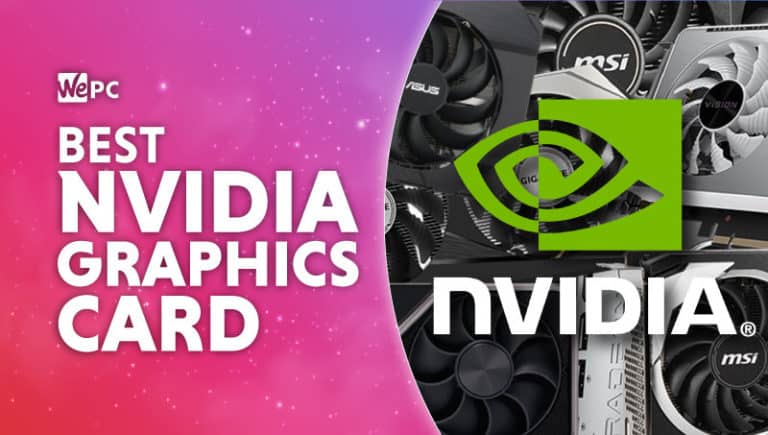
The best Nvidia graphics cards are in large part, the best graphics cards money can buy, a trend that looks set to continue as we enter a new decade. They’ve always been one step ahead of their bitter rivals (AMD) and continue to release bigger and better GPUs year in, year out.
One drawback a lot of people consider when it comes to Nvidia is the conception that Nvidia GPUs are pretty expensive – which can be the case, but not always. But also being much more power-hungry.
They have flooded the market in recent years with high-performance GPUs that branch out across the entirety of the price spectrum. It doesn’t matter whether you’re looking for a budget card to boost your APU build or the latest high-end model for a powerful new gaming build; Nvidia has it all.
We’ve decided that we will be looking at only the best Nvidia graphics cards on the market today. We’ll be explaining exactly what to look for in a new GPU, and how certain specifications affect the overall performance of that card.
List of best Nvidia graphics cards 2022
Our Top Picks

Our 5 Best Nvidia Graphics Cards
In-depth Review


ASUS ROG Strix NVIDIA GeForce RTX 3080 OC Edition

ASUS ROG Strix NVIDIA GeForce RTX 3080 OC Edition
The Nvidia GeForce RTX 3080 is quite simply the best gaming GPU on the market right now for 4K gaming. AMD’s competing card, the 6800 XT, has slight advantages at 1080p and 1440p, but it doesn’t come with the features of the RTX 3080. Although both the AMD RX 6900 XT and Nvidia’s own RTX 3090 are more powerful cards than the RTX 3080, the former card is $300 more expensive with inferior ray-tracing performance, and the latter card is geared more towards high-end workstation users with a price tag to match (expect to pay at least $800 more for the RTX 3090). In some cases, the RTX 3080 can actually compete with these higher price cards on certain games and at certain settings, particularly the AMD RX 6900 XT which does not justify such a big markup.
At an RRP of at least $699, the RTX 3080 is not cheap, but when you consider that it can beat the older gen RTX 2080 Ti by a substantial margin (around 30% in some cases), and that card originally retailed for $1,200, then this shows the superb generational uplift that this card represents on power to price basis.
Besides the raw power generated by the 8,704 CUDA cores, with a boost clock of between 1,710 – 1,815 MHz depending on the AIB you go with, the thing which just about separates this card from the competing AMD RX 6800 XT is the superior ray-tracing and DLSS technology. With their latest 30-series GPUs, Nvidia has really nailed ray-tracing technology, and the RTX 3080 is capable of running games at a better FPS performance with ray-tracing turned on compared to what the 2080 Ti could do, even with the feature switched off! The only real downside of all this gaming power is the high electrical power required to run it – the GeForce RTX 3080 requires an 850W PSU at a minimum.
All in all, if you have a definite interest in playing games that come with ray-tracing, and you can handle the additional $50 price markup over the competing AMD RX 6800 XT card, then the RTX 3080 is the best gaming GPU currently available. We’ve selected the MSI Gaming GeForce RTX 3080 Gaming X Trio 10G as our favorite AIB of this model card, though you can have a look at our best RTX 3080 GPU page to see if there’s a different variant you might prefer.

ASUS GeForce RTX 3060 TI ROG Strix Gaming OC

ASUS GeForce RTX 3060 TI ROG Strix Gaming OC
The Nvidia RTX 3060 Ti is below the RTX 3070 in the GeForce hierarchy as you’d expect, but shares many features with the more powerful card, including the same 8GB of GDDR6 VRAM and the same 256-bit memory bus. Despite having a lower core count than the RTX 3070, depending on the game you can expect FPS to fall behind the more expensive card by only around 15%-1% less. Considering the RTX 3060 Ti has an RRP of $399, $100 less than the RTX 3070, this is a great value.
In fact, we’d say that the RTX 3060 Ti currently offers the best power-to-price of any card on this list. It actually beats the previous-gen 2080 Super across all resolutions, despite retailing for less money. The card offers respectable FPS at 1080p and 1440p, making it a great option for those with a 1440p monitor not looking to break the bank, although 4K gaming is beyond its power (unsurprising at this price point).
Finally, the RTX 3060 Ti comes with the same ray-tracing technology as the more expensive cards in the series, giving it an edge over similarly priced AMD cards.
If the RTX 3060 Ti seems the right card for you, have a look at our guide on the best RTX 3060 Ti variants to see which AIB of the card would suit you best. Here we have listed the ASUS GeForce RTX 3060 TI ROG Strix Gaming OC but a cheaper variant might suit you better.
MSI Gaming GeForce RTX 2060 Super 8GB
MSI Gaming GeForce RTX 2060 Super 8GB
Next up comes out mid-range pick; MSI’s RTX 2060 Super, a card that has become increasingly popular thanks to its very reasonable price tag and excellent aesthetics.
For me, the 2060 Super is one of the most attractive cards on this list and comes out of the box offering a superb design that is sure to increase the overall look of any build. It has multiple RGB zones that can be altered in MSI’s user-friendly software, alongside fan speeds, clock speeds, and more.
The MSI 2060 Super sports a very attractive 1695MHz clock speed. Pair that with the 8GB of GDDR6 of VRAM and superb cooling design, and you will soon realize this is one of the best 2060s money can buy.
From a gaming standpoint, you can expect to achieve excellent FPS figures from both 1080p and 1440p in most games. More demanding titles may be a struggle for the 2060 Super in ultra settings, but generally, we can expect 60FPS and above. It comes with 2176 CUDA cores and much lower power consumption than the above cards in this guide.
If what you’re looking for is a powerful, reasonably priced GPU for any 1080p and 1440p needs you might have then I feel there is no better option than our best value pick, the 2060 Super.
EVGA GTX 1660 Super Ultra Gaming
EVGA GTX 1660 Super Ultra Gaming
Next up is our budget pick, the 1660 Super Sc Ultra Gaming from EVGA.
This card is by far the most affordable in this guide, but don’t let that fool you; It still offers up a brilliant array of features and great gaming performance at both 1080p and 1440p, especially for its price.
You always get quality when you purchase EVGA which is one of the great things about this brand, and EVGA did not skimp on the build quality when it came to the 1660 Super.
Aside from a sturdy build, the 1660 Super also offers up excellent aesthetics and cooling thanks to its dual-fan design, which is optimized to keep your GPU at the lowest temps possible whilst under stress.
You can expect 1408 CUDA cores, a 1830MHz Boost clock speed, 6GB of GDDR6 VRAM, and a bunch of I/O outputs from the 1660 Super.
Put all these factors together and what you have is a great little gaming GPU, ideal for people looking to play lesser intensive AAA titles in 1080p/1440p. It won’t damage your wallet too badly, but it will offer you some great new features – and its VR ready for when you want to dip your toe in that pond.

MSI Gaming GeForce RTX 3090 Gaming X Trio 24G

MSI Gaming GeForce RTX 3090 Gaming X Trio 24G
Despite the ‘GeForce’ prefix, the Nvidia GeForce RTX 3090 isn’t really a GPU designed for gamers, and it should be seen more as akin to the earlier Titan series. Built for use by creative professionals, 3D visual artists, and others in need of a powerful and fast graphical rendering machine for their particular line of work, and who can afford the $1,499 RRP.
That being said, if you fall into this category but also enjoy gaming – the Nvidia GeForce RTX 3090 will certainly give you more FPS on any game, at any resolution (though especially 4K), compared to any other retail graphics card on the market. However, the $300 premium you would pay for the RTX 3090 over the next most powerful Nvidia GPU currently available, the RTX 3080 Ti, is a big markup for what amounts to not that great a difference in gaming performance.
The closest competitor to the RTX 3090 is AMD’s RX 6900 XT, which is $500 cheaper but ultimately doesn’t have the memory capacity, speed, or bandwidth to compete as a high-level workstation graphics card. The 6900 XT is essentially a gaming GPU only, one which is overpriced relative to the RTX 3080. The RTX 3090 therefore basically has no real competition in its specific workstation niche.
So, if you’re a person for whom quicker rendering means a quicker working output, and you can pick one up for as close to RRP as possible, then the Nvidia GeForce RTX 3090 may be the right graphics card for you. Have a look at our best RTX 3090 page to see which AIB of the card you should go for.
Final Word
So, there you have it; our comprehensive guide to the best Nvidia graphics cards money can buy.
Unlike the AMD graphics card roundup, this was a much easier selection process. Nvidia has very clear standout GPUs in all price points, so making sure we chose the right ones simply came down to brand, cooling, and build quality.
Hopefully, this article will be a guide for your next Nvidia graphics card purchase.

